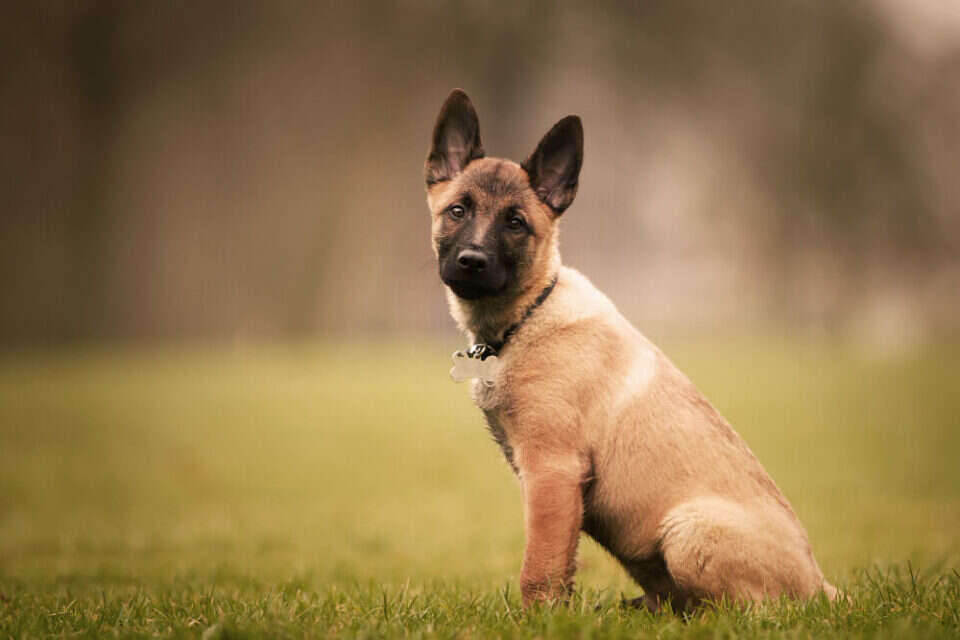For the past 25 years, the heart of a military base has been home to what appears to be a dog kindergarten – a row of green one-story buildings between which dogs can be heard barking all the time. But it's not a petting zoo for soldiers or babysitting their pets. As a matter of fact, contact between humans and these dogs is limited, and visitors must wear protective gear and be disinfected before touching the dogs. We used ChatGPT to figure out what it is.
The military base in question is located outside Mexico City, and since 1998 has been home to the Mexican Army and Air Force Dog Production Center (we assume that sounds less disturbing in Spanish), where the country's future search and rescue dogs are trained. The centre plays a central role in training puppies destined to serve in the various units of the emergency forces, such as searching for drugs and explosives or locating missing and fleeing persons.
The young puppies spend their formative months in the center, improving their skills and preparing for their important roles in the Mexican army. In the past, the center grew different breeds, its focus has now been limited to Belgian Malinois, and grows about 300 of them each year. Colonel Alejandro Camacho Ibarra, a veterinarian and director of the center, describes the Belgian Malinois as "highly intelligent" and "very resistant to disease" – qualities that make it an ideal breed for the kind of demanding tasks dogs will face in their military duties.
The training process begins at the age of one month and involves playing with the dogs using items that the colonel calls "attractive," such as balls or rags. Puppies are encouraged to chase and grab these objects, strengthen their natural instincts and develop valuable skills. However, unlike 'civilian' dogs, they do not accept treats as a reward for success. Instead, their reward is caresses and praise—so their caress the rest of the time is limited. The centre boasts an 'obstacle course', where soldiers guide the young dogs with a rag they must capture. The brown cubs leap over rocks, navigate tunnels and climb over obstacles.
Until the age of three months, puppies remain unnamed, and then are given names that all begin with the same letter – in 2023 it's the letter "F", with names like Frodo, Pavo, Fusil and Pivo. A month after receiving the name, the basic training ends, and the dogs are each sent to the military unit in which they will serve, for more advanced and specific training. These dogs continue to serve the state until the age of 8, when they 'retire' and enjoy a quieter civilian life.
Wrong? We'll fix it! If you find a mistake in the article, please share with us

